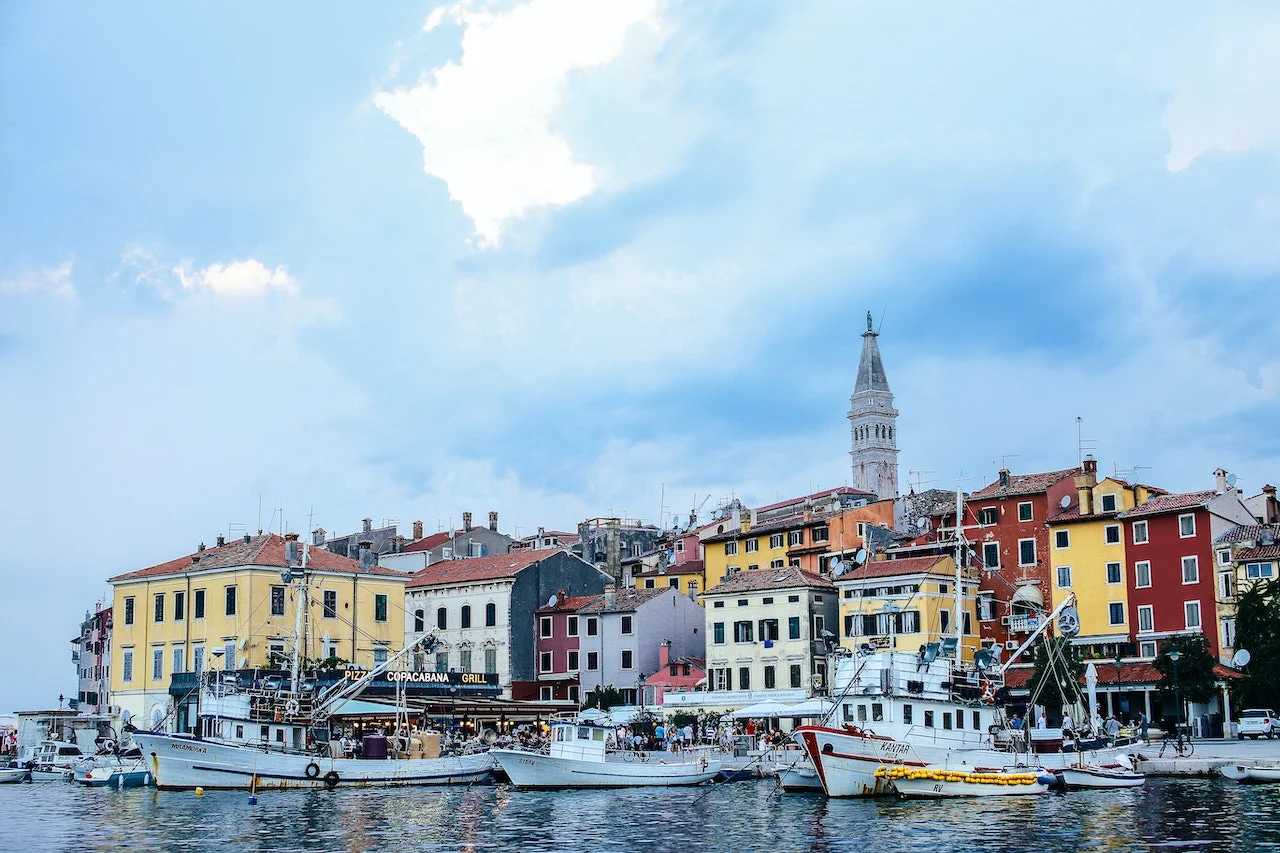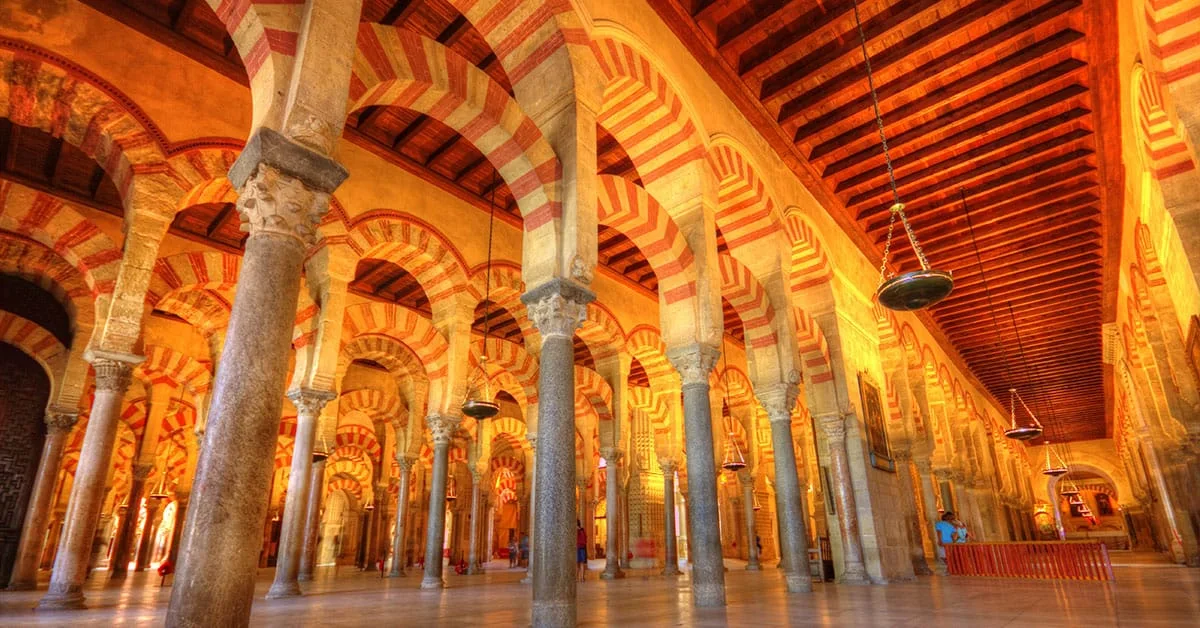Traditional Architecture: A Journey Through Time and Cultures
Traditional Architecture Explained
Architecture has always been a reflection of cultural heritage and a testament to human ingenuity: In one way or another, Humanity has a big impact on Architecture.
Traditional architecture, in particular, holds a special place in our hearts, preserving the essence of the past while providing a glimpse into the history and values of different civilizations. If you've ever walked through a traditional neighborhood in your area and marveled at the intricate designs and unique styles of buildings, you certainly know what I'm talking about; You’re in the right place!
In this article today, we’re going to uncover the essentials of traditional architecture by defining some of the following:
- What is it?
- What are its various styles?
- How it has shaped the world around us?
Traditional architecture, called also vernacular architecture, is more than just the buildings we admire; it’s a window through the culture and history of different regions around the globe. It refers to the building styles and methods that have been used by different cultures and communities over the centuries. These styles have evolved with time and reflected the specific needs and values of the people who created them.
 |
| Traditional architecture is present in every country and civilization; We need to preserve it for future generations, Photo by Rachel Claire |
So, let's dive in and learn more about traditional architecture, its cultural heritage, and its significance!
This blog post also takes you on a captivating journey around the world, exploring the emergence of some traditional architecture and showcasing remarkable examples that continue to inspire awe and admiration.
The Emergence of Traditional Architecture
Traditional architecture traces its roots back to the earliest human settlements, where primitive shelters were created to provide protection from the Elements. As civilizations evolved, so did their architectural practices, leading to the emergence of distinct styles and building techniques.
However, it also emerged in response to the local climate, geography, and natural resources. The design of buildings took into account factors such as temperature, rainfall, wind patterns (the Elements), and available building materials.
For example, in hot and arid regions, buildings were often designed with thick walls, small windows, and shaded courtyards to provide insulation and protection from the sun, etc...
Vernacular Architecture:
Vernacular architecture refers to the traditional buildings constructed by local communities using locally available materials and techniques. These structures blend harmoniously with their surroundings and reflect the cultural, environmental, and social needs of the people. Examples include the thatched huts of Africa, adobe houses of South America (see Fig. below), and wooden chalets of Europe. Read more >
 |
| Dwells made of adobe in North Africa, Photo: gaiadergi.com |
Indigenous Architecture:
Indigenous architecture represents the building practices of native cultures around the world. These structures are deeply rooted in the traditions, beliefs, and rituals of the indigenous communities. The Navajo Hogan in North America, the Maori meeting houses in New Zealand, and the stilt houses of Southeast Asia (see Fig. below) are prominent examples of indigenous architecture.
 |
| The traditional architecture of stilt houses in Southeast Asia, Vietnam, Photo: livingasean.com |
Furthermore, traditional architectural knowledge was passed down through generations, with master craftsmen and architects training apprentices in specific techniques and styles. This intergenerational transmission ensured the preservation and continuation of traditional architectural practices.
Can we say that Traditional Architecture is the Opposite of Modern Architecture?
Traditional architecture and modern architecture can be considered contrasting styles, but it is not accurate to say that they are complete opposites. Traditional architecture refers to the architectural styles and principles that have been developed over centuries and are rooted in cultural and historical contexts. It often emphasizes symmetry, ornamental details, and materials and construction techniques specific to a particular region or period.
On the other hand, modern architecture emerged as a response to the Industrial Revolution and the desire for a new aesthetic and functional approach to design. It embraces simplicity, clean lines, and the use of modern materials such as steel, glass, and concrete. It often emphasizes functionality, efficiency, and a sense of open space.
While traditional and modern architecture differ in terms of their design principles, aesthetics, and construction methods, they are not necessarily opposites. In fact, many architects and architectural styles incorporate elements from both traditions, creating a blend of traditional and modern influences. This fusion is often referred to as "contemporary architecture," which seeks to strike a balance between the past and the present, drawing inspiration from both traditional and modern approaches.
Practical Examples of Traditional Architecture
In this section, we will explore the most fabulous traditional architecture in the world starting with my home country: Lebanon, and then moving forward to other no less important worldwide architectural styles.
The Lebanese traditional architecture:
Lebanese traditional architecture holds a significant reputation worldwide for its unique blend of influences from various civilizations throughout history. The architecture reflects the rich cultural heritage of Lebanon, combining elements from Phoenician, Roman, Ottoman, and French architectural styles.
Lebanese traditional buildings often feature intricate stone carvings, arched windows and doorways, and distinctive red-tiled roofs. Today, Lebanese traditional architecture continues to captivate visitors and professionals alike, earning admiration for its elegance, craftsmanship, and ability to seamlessly blend the old with the new.
As a practical and vital example of Lebanese traditional architecture, there is no better than Beit Eddine Palace in the Chouf region in the Mount of Lebanon Governate, to refer to this typical Lebanese traditional architecture in its full beauty. It is also home to the president's summer residence in the Lebanese Republic. (see photo below)
 |
| Beit Eddine Palace, Lebanon: A typical example of Lebanese traditional architecture, Photo: Wikipedia |

Architecture in Lebanon: the Lebanese House during the Eighteenth and Nineteenth Centuries
by Ragette, Friedrich
A must-have book in every Architect and Student Library, and lovers of traditional styles in architecture. With construction drawings for various elements.
Next, we will be touring the most captivating traditional architecture buildings around the world:
The Great Mosque of Cordoba, Spain:
Dating back to the 8th century, the Great Mosque of Cordoba showcases the blending of Islamic and Christian influences. Its horseshoe arches, intricately designed domes, and stunning mihrab reflect the rich history of the region.
 |
| The Great Mosque of Cordoba in Spain, Photo:omrania.com |
Machu Picchu, Peru:
Nestled high in the Andes Mountains, Machu Picchu is an extraordinary example of Inca architecture. The precision stone masonry, terraces, and intricate water management systems demonstrate the Inca's advanced engineering skills and their deep connection with the natural environment.
The Forbidden City, China:
As one of the largest palatial complexes in the world, the Forbidden City in Beijing is a masterpiece of traditional Chinese architecture. Its grand halls, ornate decorations, and meticulously planned layout symbolize imperial power and harmony. The intricate rooflines, red lacquer, and gold accents are iconic elements of Chinese architectural design.
The Taj Mahal, India:
The Taj Mahal, a UNESCO World Heritage site, is a sublime example of Mughal architecture. This marble mausoleum was built in the 17th century by Emperor Shah Jahan as a tribute to his beloved wife. Its symmetrical design, delicate marble inlays, and intricate calligraphy represent the pinnacle of Mughal craftsmanship.
Gassho-Zukuri Houses, Japan:
The Gassho-Zukuri houses in the Shirakawa-go and Gokayama regions of Japan showcase the unique architectural style of the area. These steep thatched-roof farmhouses were built to withstand heavy snowfall and embody the harmony between human habitation and nature.
Mudbrick Architecture of Mali:
The Great Mosque of Djenné in Mali is a remarkable example of mudbrick architecture. Built using traditional techniques passed down through generations, this structure is the largest mudbrick building in the world. Their striking facade and intricate wooden elements are a testament to the architectural brilliance of the Malian people.
 |
| The Great Mosque of Djenné in Mali is made of mud, Photo: slate.com |
Preserving and Promoting Traditional Architecture
In a rapidly changing world, it is crucial to preserve and promote traditional architecture to safeguard our cultural heritage. Governments, organizations, and communities can play a vital role in this endeavor by implementing conservation efforts, providing educational resources, and fostering an appreciation for traditional architectural practices.
To summarize, traditional architecture transcends time, connecting us to our roots and serving as a source of inspiration for modern design. By studying and appreciating the diverse traditional architectural styles around the world, we not only gain a deeper understanding of different cultures but also learn valuable lessons about sustainable practices and harmonious coexistence with nature. Let us cherish and celebrate the legacy of traditional architecture as a testament to human creativity and cultural richness.
.png)






